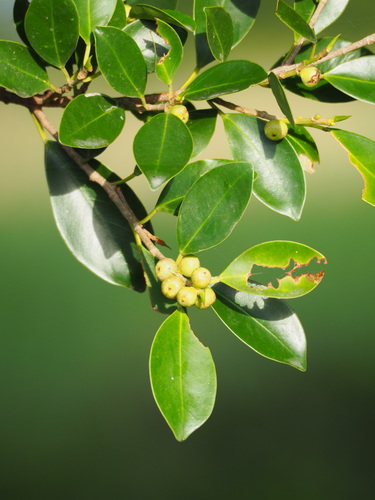Introduction
Once your compost base is ready, the next step is to layer and balance your materials. Proper layering ensures that microbes get the right mix of carbon and nitrogen to break down organic matter quickly and efficiently. A balanced pile will stay active, warm, and odor-free, turning scraps into healthy compost in record time.
The Importance of Balance
Composting relies on two main ingredients: browns (carbon-rich) and greens (nitrogen-rich). Browns provide energy and structure, while greens fuel microbial growth. An imbalance leads to problems:
- Too many greens → soggy, smelly compost.
- Too many browns → dry pile that breaks down very slowly.
Layering Method
- Add greens in thin layers: Spread kitchen scraps, grass clippings, or coffee grounds in a layer no more than 2–3 cm thick.
- Cover with browns: After each layer of greens, add 2–3 parts browns such as dry leaves, shredded paper, or cardboard.
- Repeat the cycle: Continue alternating layers as you add new materials over time.
Chop Large Pieces
Breaking scraps down into smaller pieces speeds decomposition. Chop fruit and vegetable peels, shred cardboard, and cut grass clippings short. The more surface area microbes can access, the faster composting happens.
Practical Tips
- Keep a container of shredded paper or dry leaves nearby to cover kitchen scraps immediately.
- Never dump a thick layer of greens at once—it causes odor and slows airflow.
- If the pile looks slimy, add more browns. If it looks too dry and nothing is breaking down, add more greens and a sprinkle of water.
Quick Summary
For efficient composting, add greens in thin layers and cover each with 2–3 parts browns. Chop large materials small to speed the process. With the right balance, your compost will heat up, stay odor-free, and break down into rich soil quickly.








